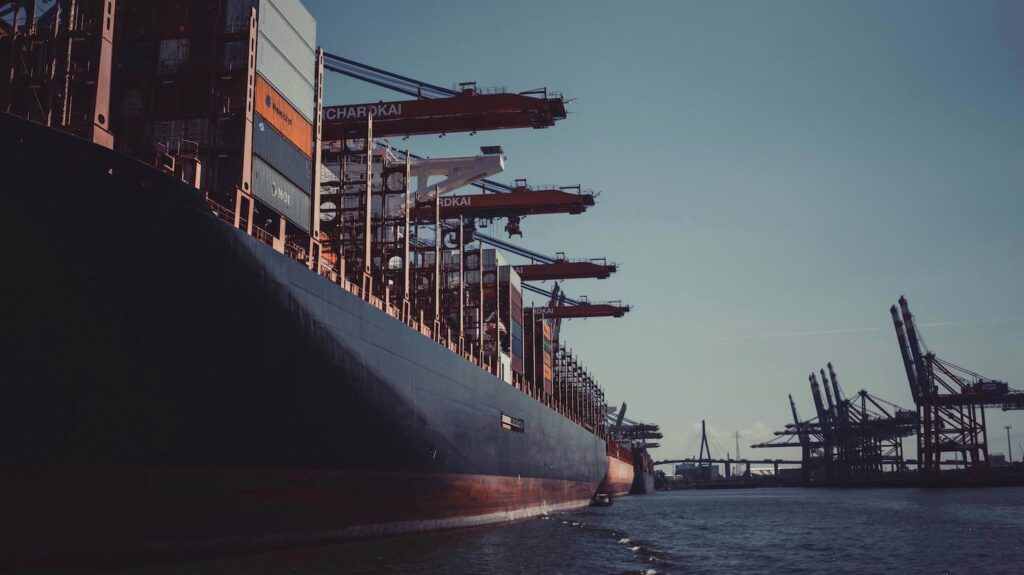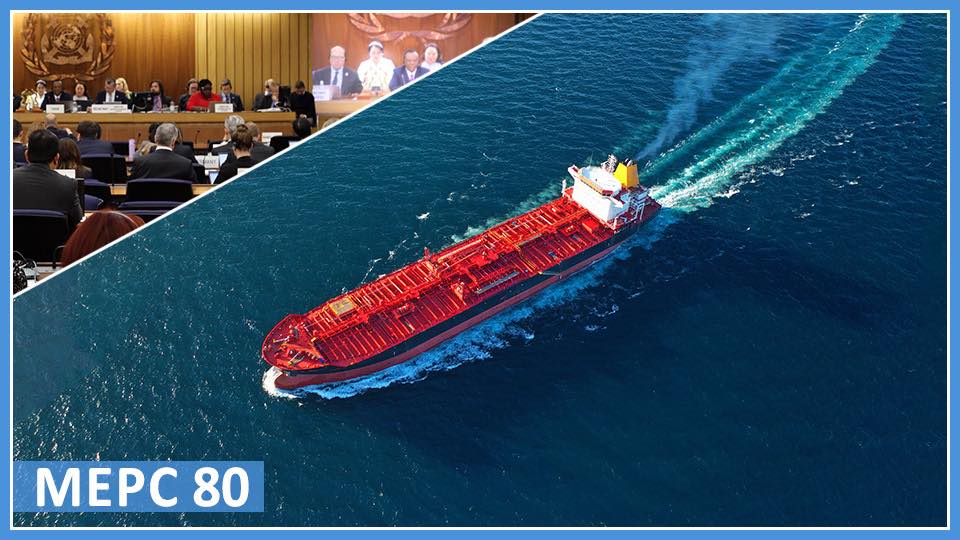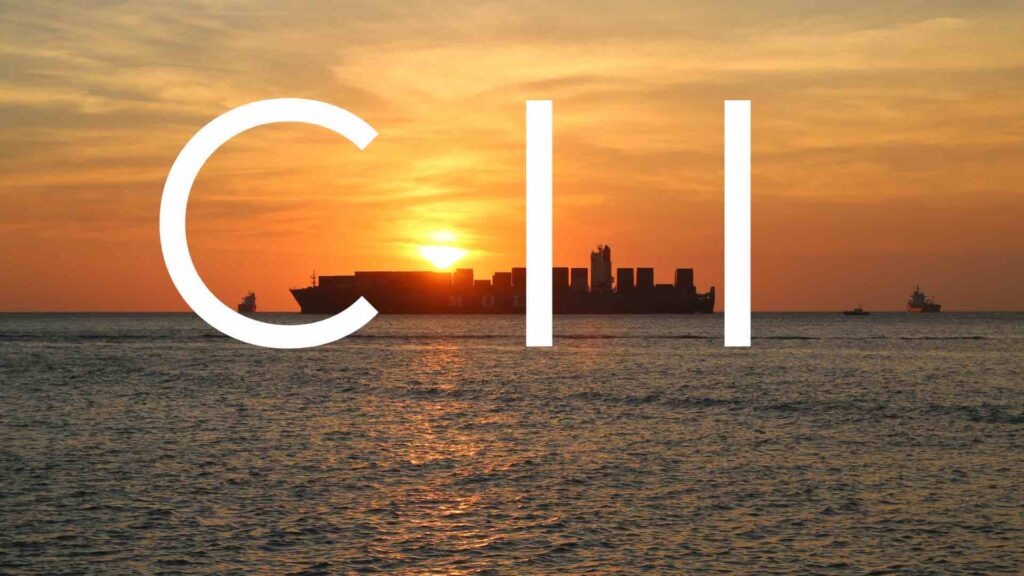28 November 2024
SEEMP Part 3 – Easy compliance for 2023

In accordance with the CII rating from the year 2023, the ships subject to the CII rating will have to develop a SEEMP Part 3 (III) on or before 31 December 2022. However, Shipowners rush to calculate the attained CII Rating of the fleet when it is not needed.

SEEMP (Part I, II, III) – Everything you need to know
What is SEEMP? From the year 2023, the ships subject to the CII rating will have to develop a SEEMP Part 3 (III) on or before 31 December 2022.
Ship Nerd
Table of Contents
Concept
Amendments to MARPOL Annex VI (IMO Resolution MEPC.328(76)) were adopted at the 76th session of the IMO’s Marine Environment Protection Committee (MEPC 76) in 2021. Particularly, they will introduce the CII rating from 1 January 2023 based on the annual fuel consumption of each ship.
The ships subject to the CII rating will have to develop a SEEMP (Part III) to include;
- CII calculation methodology
- Required CII values over the next 3 years
- implementation plan for achieving the required CII
- Procedures for self-evaluation and improvement
The Administration or a Recognized Organization (RO) should confirm Part III.
From 2023, the IMO DCS data will empower the CII rating. Thus, each ship will have a rating (A, B, C, D, or E) from 2024. Note that, ships that have an E rating in any year or a D rating for 3 consecutive years, will have to develop a corrective action plan in the Part III.
How to approach SEEMP Part 3?
So far, most Owners are rushing to calculate the attained CII of their vessels in order to include it in the SEEMP Part 3. However, this voluntary CII calculation will follow the 2022 data. Hence, there are several reasons for which it is strongly recommended to not include the voluntary CII calculation in the booklet for now.
Unnecessary Measures
Note that, the recorded 2022 data will not include the EPL implementation on the vessels. Thus, the 2023 data will expectedly provide better results and therefore better CII Rating. This is due to the reduced maximum allowable power for the vessels. As a result, it is highly likely that the owners will be led to false conclusions and may take unnecessary measures.
Corrective Plan
The SEEMP Part 3 requirements include the identification of all corrective measures required to reach a target CII rating. Particularly, for vessels operating with at least a C Rating. Therefore, without an attained CII calculation, for the moment the Owner can only propose harmless measures. For instance, more frequent hull cleaning, which reduces the CII by approximately 5%.
Alternatively, the voluntary CII calculation may obtain an E Rating or deep D Rating. In that case, the manual will need to consider more corrective measures for the 2023 period to make up for the reduction (e.g. 25% of CII), effective immediately upon the 1st of January. Otherwise, there is no way to achieve the target rating. This means that the Owner will inevitably add costly measures such as Trim Optimization software, enhancements to propulsion, and also operational measures.

A potential loophole in the EU ETS
A new CII revision in order to set up a functioning framework is a matter of urgency for the shipping industry following the first year of recorded data.
Ship Nerd
Charter Parties
Furthermore, the most effective measures to improve the CII Rating are power (speed) reduction and Just in Time voyage optimization. However, these are solely dependent on charterers. Therefore, shipowners will have a hard time persuading Chartering parties to implement them, as most will want to wait until the end of 2023 when the mandatory CII calculation is due. The Charterparties will need to be renegotiated for the most severe measures.
It should be mentioned that in case the vessel does NOT follow the corrective measures of the SEEMP Part 3, then these measures will be rejected in the following years as ineffective. Note that, it is a no-go admitting to the verifier that the corrective measures were not followed. Therefore, there will be a requirement for implementation of even more severe corrective measures in the following years.
Thus, by not providing a voluntary attained CII calculation, the shipowner can maintain all these simpler corrective measures for the following years.
See Also
The Carbon Intensity Indicator, CII calculation is one of the top hits in the past month. We debunk its complexity by simplifying the procedures based on IMO guidelines.

CII Calculation: Carbon Intensity Indicator Guide
How to calculate the CII rating? We debunk its complexity by simplifying the procedures based on IMO guidelines.


